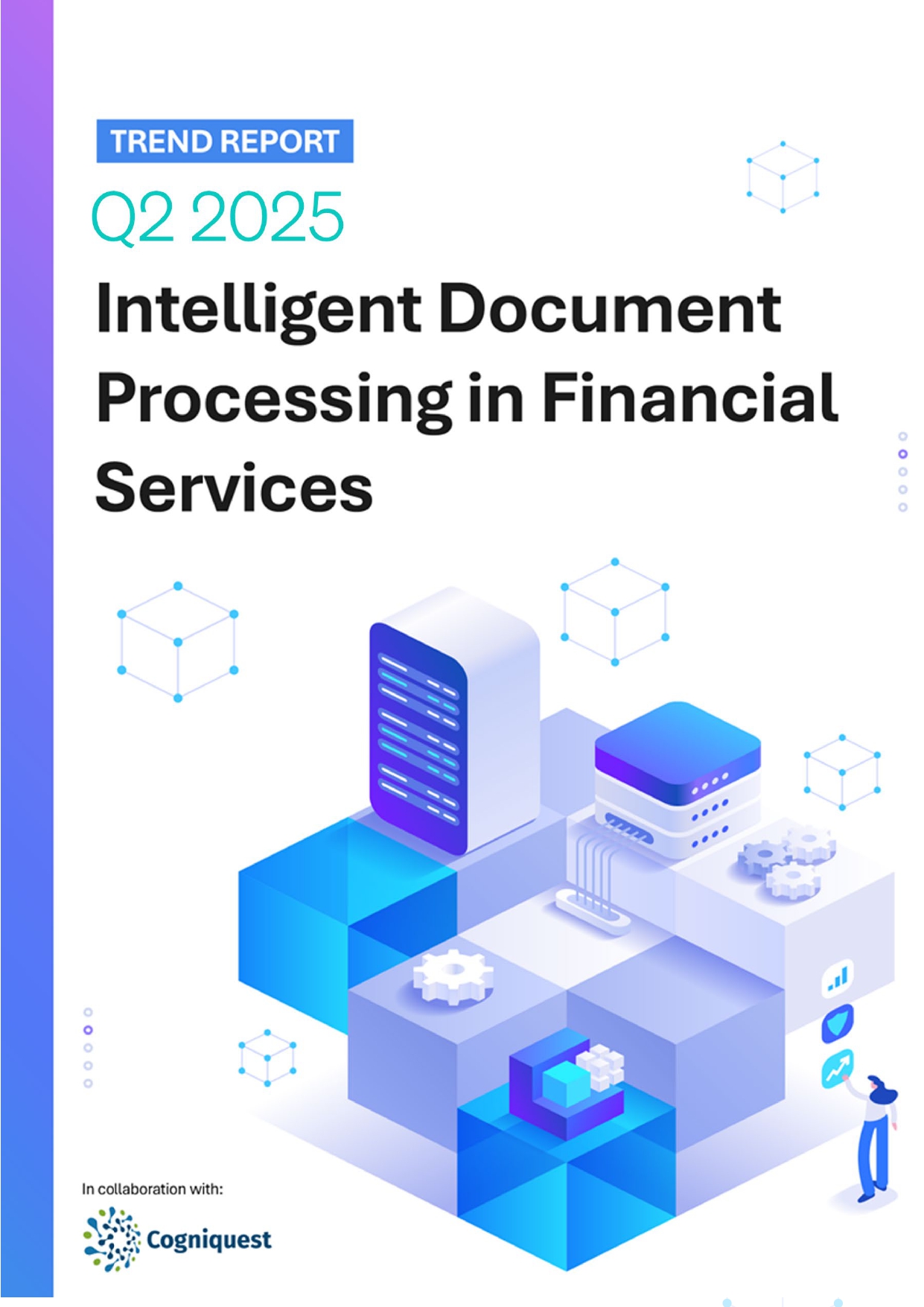 Back
Back
Sopra Steria: Why building societies must prioritise a member-first strategy
By Rob McElroy, CEO, Sopra Steria Financial Services

Building societies have been a staple of our high streets for over 100 years, with their main purpose being to increase prosperity among the communities they serve. But, despite this history and the huge amount of trust they have built with their members, they are not without their challenges. In a post-Covid-19 world, they are faced with changing market dynamics, macro-economic pressures, and the fact their members now have more choice than ever when it comes to how and where they manage their finances.
Mortgage and savings markets are where building societies predominantly compete, not only amongst themselves but with high-street banks, challenger banks and, increasingly, FinTech product providers. This rise in competition and the significant shift by members from in-branch to online due to the pandemic means building societies have to move with the times to retain market share – embracing digital versions of products and services customers demand whilst delivering a great customer experience at every touchpoint or interaction.
But it’s not a case of reinventing the wheel; it’s about making incremental changes to their lending, savings, and collections processes to put customers at the heart of them. So, how can they create this customer-first strategy?
1. Implementing the right technology strategy to support customer touchpoints
Customer expectations have changed in the wake of Covid-19. Like many other organisations, building societies are tasked with identifying new and innovative products and services to meet the changing needs of their existing and potential members who now expect a real-time, 360-degree view of their finances, as well as access to services and product eligibility at any time via any device.
When accessing information, they want to know their best interests have been catered for and that this information is transparent and readily available for them to make informed choices.
To do this, building societies must embrace both digital and traditional channels, exploring ways to deliver personalised and targeted services and offers. Member engagement should also be built around the ‘moments that matter’ in their lives. Whilst digital, telephone and email might work for business as usual, many members take comfort in knowing their local building society is there to help them through major life events, or when they face financially vulnerable situations.
This availability of information and ease of access via a customer’s device will become a differentiator for those able to make it happen. Failure to make the necessary changes or an over-reliance on traditional systems to deliver a true ‘digital’ strategy could see a rise in member attrition rates and cause the business to stagnate In a worst-case scenario, this could lead to an imbalance in member demographics, making building societies increasingly more vulnerable to local economic events.
2. Changing customer behaviour – digital opportunity or threat to the traditional model?
With the rise of connected services, such as Open Banking and the Internet of Things, customers are rapidly shifting towards aggregator sites for a cohesive overview of available deals suited to their needs. We’ve already witnessed the impact these sites have had on the savings, credit cards and loan markets including the ability to open up access to otherwise inaccessible markets or customer groups.
As technology improves and provides members and potential members with the confidence to go directly to their chosen providers, mortgages and straight-through product/service processing will be the next focus of these sites. In the short to medium term building societies should also remember aggregator sites still provide an important route to market for their savings and loan products.
Although it may be a viable route to market, it’s not without its challenges for building societies. Many are still heavily reliant on mortgage broker networks and don’t have appropriate technology infrastructure to provide aggregator sites with real-time information and deals, potentially stopping building societies from competing via these channels as customers look for the best deals. It’s time, therefore, for building societies to prioritise building an infrastructure capable of delivering real-time data and availability of products/services on their latest offers to these sites, to ensure they are future-ready.
Building an infrastructure capable of delivering real-time data and enhanced member experience, however, does not necessarily involve a large multi-year transformation project – an assumption made by many. There are many quick wins building micro-services around existing infrastructure and establishing an orchestration engine which will allow almost immediate implementation of a digital strategy.
3. Ramping up personalisation in a data-rich environment
 Historically, just being on the high-street was enough to instil a sense of credibility and respect from prospective members that the local building society was the go-to place for their savings or mortgages. Longevity, resilience, and being at the heart of the local community built and sustained an emotional connection to a brand.
Historically, just being on the high-street was enough to instil a sense of credibility and respect from prospective members that the local building society was the go-to place for their savings or mortgages. Longevity, resilience, and being at the heart of the local community built and sustained an emotional connection to a brand.
Today though, in a consumption-based world, we’re seeing an increase in personalised content, and people consume content based on their likes or browsing history. Furthermore, the journey the member is taken on is personalised so it has a higher propensity for completion.
In today’s data-rich environment, customers expect personalised experiences, and product and service offerings designed specifically for them. Using customer data at every touchpoint and continually refining the personalisation approach is no longer an option – it’s a necessity.
Even simple personalisation efforts, such as an email with exclusive offers, and leveraging multi-channels to engage and facilitate client accessibility, will further enrich customer conversations and relationships. It is about taking what building societies are famous for, that greater personalised service and understanding, and applying it to the multichannel world we all live in to meet member expectation now and into the future.
4. Continue serving the community
Building societies have always been a key part of local communities. Whether it’s providing a couple with a mortgage to purchase their first house, or setting up a child’s first savings account, this connection with members has been built over many years. Therefore, it’s important the community aspect is not lost due to a lack of personalisation and digital channels.
Communities are embracing digital, especially since the Covid-19 pandemic forced us to stay home and closed local branches. It is vital then, that building societies provide digital versions of their services alongside the traditional ways of engagement. If they fail to make sure the digital/traditional mix is right for the communities they serve, they’ll find their member base diminishing and the ability to attract new customers seriously impacted.
Final thoughts
Building societies cannot afford to stand still and allow competitors to gain a position that attracts their traditional member base. They must prioritise creating tailored experiences for members through multiple channels (both traditional and digital) and deliver real-time data to retain the competitiveness of their offerings.
This doesn’t mean overhauling processes and strategies, rather it requires incremental changes to ensure success. The building societies who take the time now, in a post-Covid-19 world to build their ‘digital’ foundations will be in a strong position to shift towards a more personalised and member-first strategy which is realistic and achievable for their organisation.
There is a real opportunity for building societies to position themselves for the modern age, and the way forward is through cost-efficient and incremental changes to customer engagement based around ‘moments that matter’. This will enable a shift towards a more personalised member-first strategy.
Rob McElroy
CEO
Sopra Steria Financial Services
IBSi News

June 30, 2025
Business Intelligence
The Monday Roundup: what we are watching this week | June 30th
Read MoreGet the IBSi FinTech Journal India Edition
- Insightful Financial Technology News Analysis
- Leadership Interviews from the Indian FinTech Ecosystem
- Expert Perspectives from the Executive Team
- Snapshots of Industry Deals, Events & Insights
- An India FinTech Case Study
- Monthly issues of the iconic global IBSi FinTech Journal
- Attend a webinar hosted by the magazine once during your subscription period
₹200 ₹99*/month
* Discounted Offer for a Limited Period on a 12-month Subscription
IBSi FinTech Journal

- Most trusted FinTech journal since 1991
- Digital monthly issue
- 60+ pages of research, analysis, interviews, opinions, and rankings
- Global coverage
Other Related Blogs
June 27, 2025
Intelligent payment orchestration – why 2025 is an inflection point for banks in Europe
Read MoreRelated Reports

Sales League Table Report 2025
Know More
Global Digital Banking Vendor & Landscape Report Q2 2025
Know More
NextGen WealthTech: The Trends To Shape The Future Q4 2023
Know More
Intelligent Document Processing in Financial Services Q2 2025
Know More
